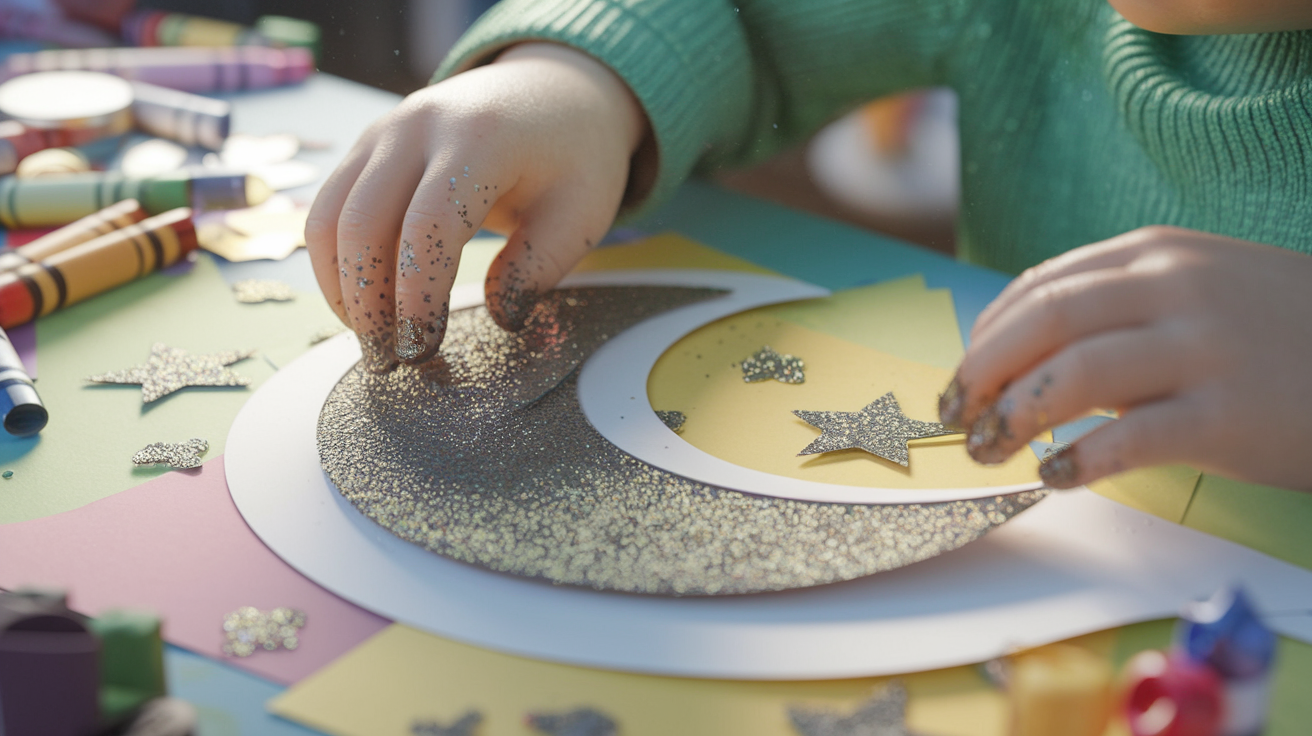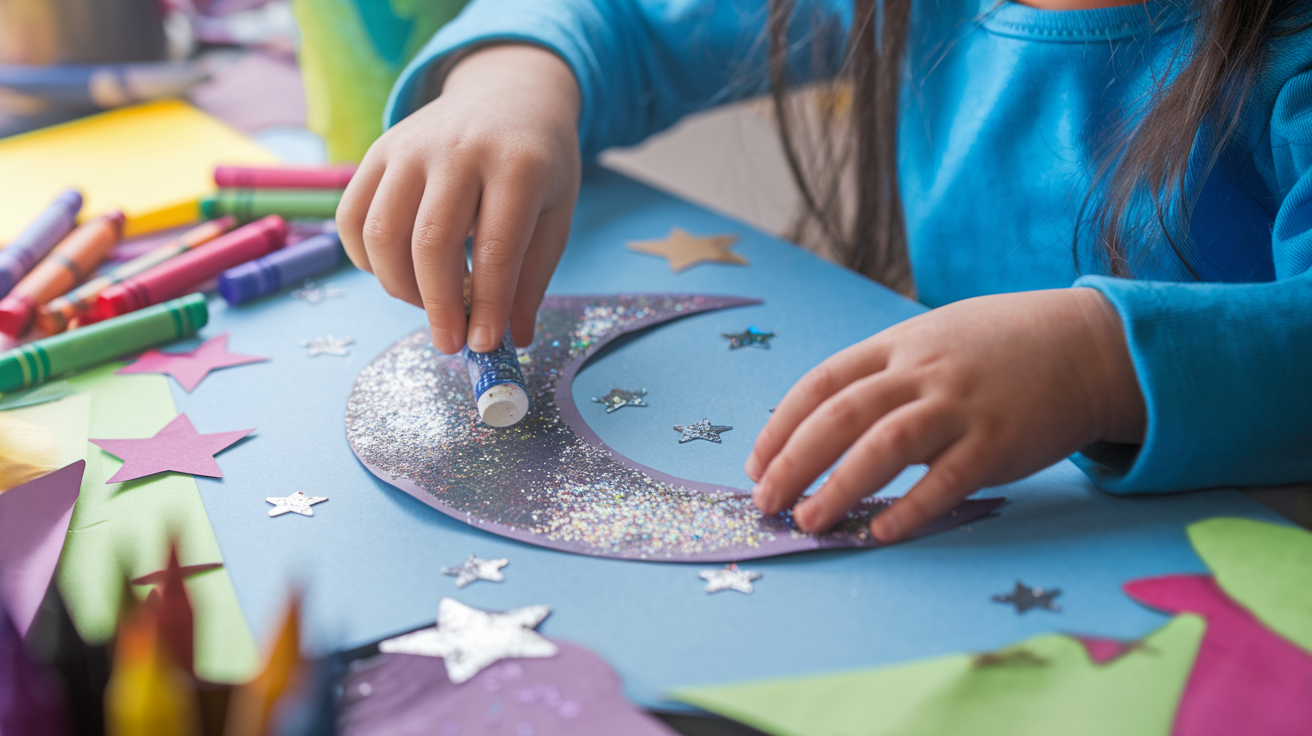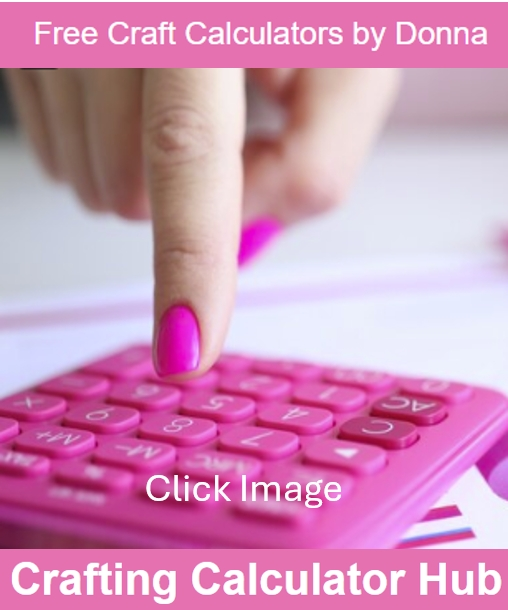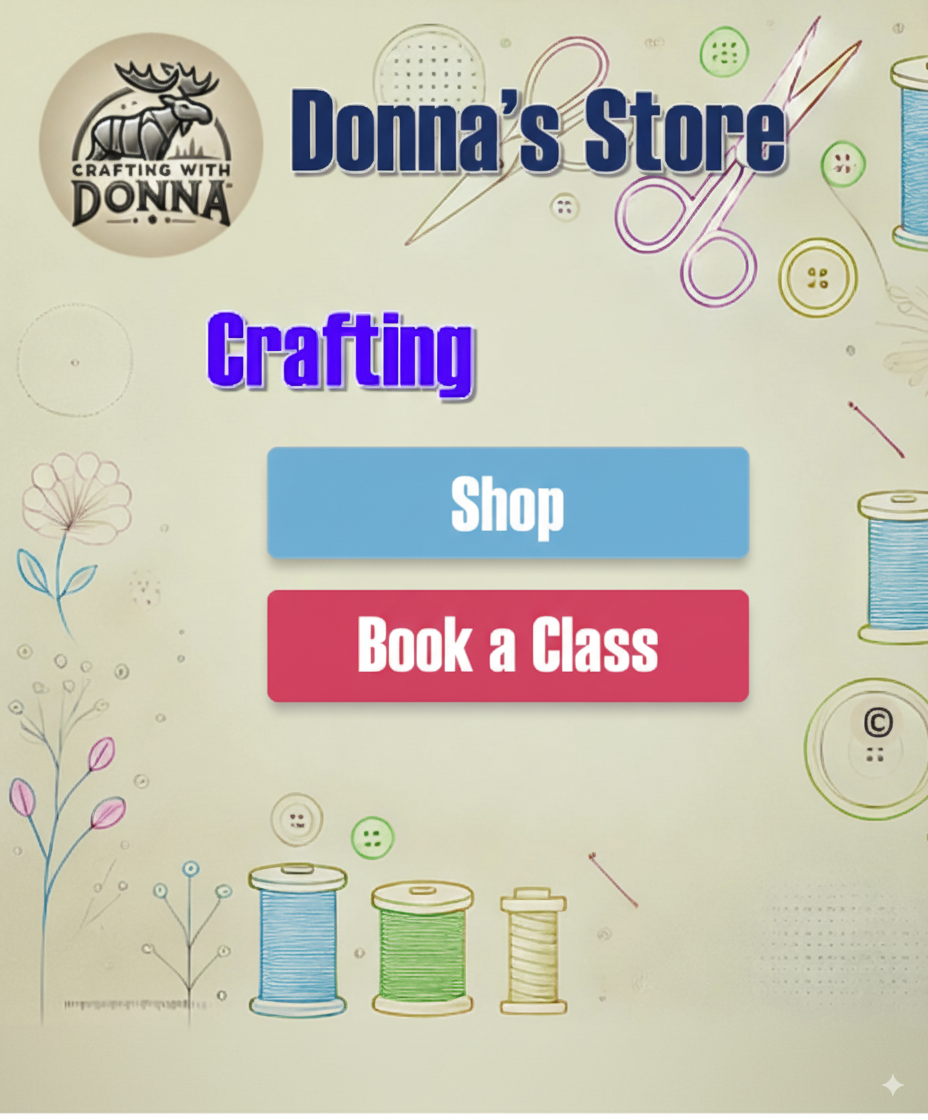Moon Learning Activities And Crafts For Kids

Kids science ignites when children shape, touch, and create their own celestial bodies through educational crafts and hands-on activities at home or in the classroom. Celestial bodies like the moon offer a fascinating subject for exploration, making learning joyful.
Lunar surface textures can be explored with puffy paint, foil, or pom-poms, providing a tactile journey for young minds.
Simple household materials easily blend with moon art, allowing family activities and educators to enjoy creative exploration together.
Encourage children to record discoveries in observation journals, act out lunar cycles with gross motor games, and celebrate lunar traditions, fostering curiosity and reinforcing astronomy for children as you move to exploring moon phases with crafts next.
Exploring Moon Phases with Crafts
Lunar cycles inspire wonder as kids observe the ever-changing appearance of Earth’s satellite in the nighttime sky, from the new moon’s hidden face to the glowing full moon. Moon phases crafts use materials like paper plates, cardboard, yellow paint, black paper, and glitter glue to visually represent crescent moon, quarter moon, and full shapes while mimicking the lunar surface’s moon craters with textured art supplies.
Engage children in learning by repeating the phrase “My Very Excellent Mother Just Served Us Nachos” to memorize the order of phases. Sensory activities with art materials turn lunar phase understanding into interactive fun, seamlessly transitioning inquiry-based learning into play.
Crafting the Moon’s Appearance
Celestial patterns are visually represented through simple yet effective crafts that focus on observable changes.
Children can use paper plates to create moon phase models, painting or gluing different portions to show what we see from Earth.
Utilizing household materials like cardboard and yellow paint helps illustrate the concept of illumination, explaining why we see different portions of the moon glowing.
These educational crafts are perfect for visual learning and reinforcing scientific concepts.
Hands-On Moon Surface Exploration
Texture exploration of the lunar surface becomes a delightful experience with various sensory activities. Using puffy paint or pom-pom printing allows children to mimic the bumpy texture of moon craters, offering a tactile understanding of the moon’s rugged landscape.
This approach to kids science integrates art and science fusion, making abstract ideas tangible. These tactile learning experiences enhance observational skills and encourage curiosity fostering.
Remembering the Moon Phases
Astronomical art can be a fun way to learn the sequence of moon phases.
A simple mnemonic, such as “My Very Excellent Mother Just Served Us Nachos,” helps children recall the order: New moon, Waxing crescent, First quarter, Waxing gibbous, Full moon, Waning gibbous, Last quarter, and Waning crescent.
These visual aids, combined with hands-on STEM crafts and scientific inquiry, provide a well-rounded approach to early learning and space education.

Creative Moon Art Projects for Kids
Moon art projects become truly engaging when young artists utilize tactile materials to replicate the intricate textures of the lunar surface, connecting with artistic expression. Techniques incorporating textured paint, such as puffy paint or foil printing, allow children to recreate prominent moon craters through direct sensory activities, fostering both creativity and development of fine motor skills.
Creative exploration is encouraged as children experiment with different media, making learning through play a dynamic experience.
This approach supports inquiry-based learning by allowing kids to physically engage with the concepts of space and celestial bodies.
Crafting Moon Textures with Clay
Educational crafts involving clay offer a wonderful avenue for children to sculpt their own lunar landscapes. Kids can mold spheres and press in small indentations to represent moon craters, then paint them to emphasize surface details.
This project draws inspiration from recent STEM crafts and promotes scientific inquiry as they consider the moon’s composition. Tactile learning is at its forefront here, allowing young minds to grasp physical concepts through creation.
Collage Moonscapes: A Mix of Materials
Collage moonscapes, using materials like foil, felt, or torn paper, provide an excellent way for children to visually represent the dark maria and bright highlands visible on the moon.
This activity nurtures an appreciation for artistic interpretation and fosters a strong sense of art and science fusion.
It’s a fantastic method for visual learning, allowing kids to build their understanding of celestial patterns through hands-on art.
Creative projects for young minds can include variations on this theme.
Kids science benefits from this blend of art and exploration.
This enhances understanding space and its wonders.
Displaying Lunar Creations
Finished masterpieces can be showcased in various engaging ways, turning these creative projects into lasting memories.
Consider creating a family “Moon Gallery Wall,” hanging stained-glass tissue moons in windows to catch the light, or incorporating clay moons into a homemade space diorama. These display methods reinforce the joy of learning through play and honor each child’s unique imaginative efforts, promoting family engagement.
They also serve as great visual aids for future discussions about space.
Understanding the Lunar Surface Together
Lunar surface exploration serves as a fascinating gateway into the composition of rocks and dust, making complex scientific concepts accessible for kids science discussions at home or in the classroom.
Materials science can be simplified as children experiment with common household materials like flour, clay, or puffy paint to simulate the moon’s surface and its ancient mineral makeup.
Craters, the distinctive bowl-shaped marks on the moon, are formed when asteroids or meteoroids impact its surface. Children can explore this phenomenon by recreating craters on their own DIY models using their favorite “crater creation crafts. ” This allows for tactile learning and a deeper appreciation for the moon’s history.
Observational Tools Enhance Understanding
Fostering curiosity fostering is key when linking scientific principles with artistic endeavors. Encourage children to keep observation journals or use basic binoculars for closer views of real lunar terrain.
This practice connects practical science experiments with engaging family activities, enhancing observational skills.
By linking scientific curiosity with playful learning, children develop both artistic talent and keen observational abilities as they investigate the mysteries of Earth’s closest neighbor through hands-on science and visual learning.
Astronomy for children becomes more vivid with these explorations.
The lunar surface holds many secrets to uncover.
Moon craters tell stories of cosmic impacts.
Representing Surface Features Creatively
When creating DIY moon models, children can get creative in representing different surface details.
Using various textures for different areas can mimic the moon’s varied geography. For instance, fine sand mixed with glue can represent dusty plains, while small pebbles or even crumpled paper can simulate rougher, mountainous regions and impact sites.
This hands-on approach makes texture exploration a central part of the learning process, offering a unique way to engage with scientific and artistic techniques.
This also aids in developing spatial reasoning and creative problem-solving skills, making the learning process more interactive and memorable.
Moon Art Projects
- Utilizing tactile materials like textured paint or clay helps children recreate lunar surface textures and moon craters, fostering artistic expression and fine motor skills.
- Collage techniques with materials such as foil and torn paper allow for visual representation of lunar features like dark maria and bright highlands, promoting art and science fusion.
- Hands-on projects involving DIY moon models, using materials like sand and pebbles to represent different surface features, aid in texture exploration and develop spatial reasoning.
- Connecting artistic endeavors with observational tools like journals and binoculars enhances curiosity and observational skills, making astronomy for children more vivid.
Engaging Sensory Activities for Little Astronauts
Space-themed sensory activities instantly immerse young minds in the world of real astronauts. Kids science projects like a homemade “moon dust” bin—filled with fine sand, cornmeal, or flour dotted with foil “rocks”—invite exploration of the lunar surface through texture exploration and creative play.
Offer soft scoops, small buckets, and toy astronauts to spark storytelling, and layer in crinkly sounds or ambient space hums for full sensory engagement.
Finish with a safe “moonwalk” using oversized shoes and a soft tarp, letting children carefully practice gross motor skills as they imagine bouncing across the moon’s cratered landscape.
Accessible learning through play is key for these educational crafts. This creative exploration involves tactile learning, offering young minds immense satisfaction.
DIY Moon Models for Science Learning
Exploring the lunar surface becomes hands-on with accessible STEM crafts that encourage observation and curiosity fostering.
Kids science projects using paper plates, salt dough, or foil create realistic moon craters and dark maria, making tactile learning both interactive and visually stimulating. To model lunar gravity, compare how balls bounce on different surfaces, explaining scientific principles in simple terms.
Connect this to moon phases and demonstrate with water in a shallow pan how the moon’s pull shapes our tides, enhancing understanding of celestial bodies and their effect on our planet.
This handson science project encourages creative exploration.
You can also create DIY mobiles to illustrate celestial patterns. A classroom project or family activity is easily achievable with household materials.
For early childhood education, focus on visual aids and kinesthetic activities. These easy crafts support inquirybased learning, blending art and science fusion effectively.
Space-Themed Activities
- Sensory activities like a homemade moon dust bin encourage tactile learning and creative play, immersing children in the world of astronauts.
- DIY moon models using household materials help foster observation and curiosity, making learning about lunar surfaces interactive and visually stimulating.
- Demonstrating scientific principles such as lunar gravity through bouncing balls and explaining tidal forces with water enhances understanding of celestial bodies.
- These educational crafts blend art and science, supporting inquiry-based learning through kinesthetic and visual aids for early childhood education.
Space Exploration with STEM Crafts
Embarking on a journey beyond Earth, STEM crafts empower young explorers to engineer rockets, satellites, and detailed models of other celestial bodies. Using household materials and simple art supplies, kids can construct balloon or straw rockets that demonstrate action-reaction principles, mirroring the propulsion systems of real spacecraft.
Crafting satellite models with recycled crafts and everyday items offers a tangible way to grasp concepts like orbit and gravity, reinforcing scientific principles.
Engineering Simple Rockets and Satellites
Kids science initiatives like building straw rockets or designing cardboard satellites provide hands-on experience with fundamental physics.
These educational crafts make abstract concepts accessible, fostering an early interest in science exploration.
Exploring Celestial Models
Beyond rockets, creating planet spheres or constellation projectors allows for a broader exploration of space.
These projects encourage imaginative play and connect to the vastness of the universe, supporting astronomy for children. When children construct and test these creative projects, encourage discussion about how real space missions utilize similar engineering to explore planets and moons, enhancing curiosity fostering and knowledge building for elementary science or a homeschool curriculum.
Connecting to Real Space Missions
Discussing how NASA missions utilize similar engineering principles deepens the learning experience.
These activities promote critical thinking and problem-solving skills, essential for future STEM endeavors.
Homeschooling Moon Activities
Structuring a cohesive homeschool unit around the moon offers a rich blend of art, science, and sensory exploration for young minds.
Moon phases become tangible through crafting models and DIY mobiles, while textured activities can mimic the tangible lunar surface and the impact of moon craters, providing a tactile learning experience.
Delving into Lunar Cycles and Phases
The study of lunar cycles is brought to life through hands-on projects. Children can create their own moon phase models using paper plates, paint, and other common materials.
These activities are excellent for developing fine motor skills and visual aids for learning.
The moon influences Earth through phases like new moon, crescent, quarter, and full moon.
kids can use paint, foil, felt, and other common materials to create 3D models and moon art.
Sensory techniques such as puffy paint or pom pom printing make learning about craters hands-on.
Tracking the moon nightly with journals reinforces observation skills and astronomy concepts.
Sensory and Artistic Moon Exploration
Sensory activities, such as exploring the lunar surface with puffy paint or foil imprints, make learning about moon craters engaging.
Creative moon art projects like stained glass tissue moons allow for artistic expression while reinforcing scientific concepts.
These projects support STEAM integration, encouraging creative exploration.
Observation and Cultural Connections
Encouraging children to keep observation journals to track the moon’s changing appearance nightly reinforces observational skills and the study of Earth’s satellite.
Connecting these activities to cultural celebrations, such as making crescent cards for holidays, expands learning to literature and history, supporting a well-rounded homeschool curriculum.
Resources and Progressive Skill-Building
Utilizing visual aids, fostering scientific inquiry, and employing reflection journals structure each week. For older learners, providing independent research resources ensures accessible learning and progressive skill-building, supporting a flexible homeschool curriculum.
Space Exploration Crafts
- STEM crafts using household materials and art supplies can teach principles like action-reaction through balloon or straw rockets.
- Building models of satellites and celestial bodies with recycled materials helps children understand concepts like orbit and gravity.
- Activities like creating planet spheres or constellation projectors encourage imaginative play and connect children to the vastness of the universe, supporting astronomy for children.
- Moon phase models crafted with paper plates and paint are effective for developing fine motor skills and visual learning about lunar cycles.
Crafting Celestial Wonders: The Art of Moon Craters
Embark on a captivating journey exploring the formation and visual representation of craters through engaging craft projects. These activities offer a unique way to blend scientific understanding with artistic expression, making them ideal for kids science and early learning.
Simulating Impact Craters
To accurately model crater formation, begin by fashioning a simple lunar surface from readily available household materials such as flour, baking soda, or clay.
Next, strategically drop marbles or stones from diverse heights to effectively demonstrate how varying impact speeds and object sizes yield different crater diameters and depths, thereby reflecting the fundamental scientific principles that govern moon craters and their formation as detailed in scientific resources[1][3].
These hands-on simulations reinforce a deeper understanding of how surface details and patterned craters correlate with actual lunar impacts, and they are particularly well-suited for storytelling scenarios involving space adventures or lunar missions, transforming each craft into a vibrant stage for boundless creative exploration and tactile learning.
Connecting Science and Artistry
These crater crafts serve perfectly as visual aids for moon-themed storytelling.
Encouraging inquiry-based learning, these projects foster curiosity and provide a tangible link to scientific principles. By linking impact size to crater appearance, children develop observational skills and critical thinking.
The artistic techniques employed allow for creative interpretation of the lunar surface, promoting creative problem-solving. These activities are excellent for educational crafts, STEM crafts, and family activities, contributing to knowledge building and scientific inquiry.
They are also great for classroom projects and homeschool curriculum, offering accessible learning and interactive fun.
The creation of moon craters themselves encourages texture exploration and a deeper appreciation for celestial patterns, enhancing spatial reasoning and artistic application.
Such projects support STEAM integration, offering hands-on science and art and science fusion for young minds to engage with space exploration and artistic expression through learning through play. This approach to understanding space and the nighttime sky also aids in lunar phase understanding and astronomical art, a perfect blend of science and creativity through tactile experiences and visual learning, which also supports gross motor development and fine motor development through effective material utilization and recycled resources.
The aim is to enhance family engagement and support early childhood development and elementary education with imaginative arts and playful learning, delivering educational fun and fostering scientific understanding, offering a rich realm for artistic exploration and learning reinforcement, including engagement with celestial bodies and planetary surface simulations. The process of crater creation crafts helps in grasping concepts related to Earths satellite study, nocturnal sky tracking, and child-led discovery within educational play and scientific concepts.
This also ties into early childhood education and elementary science, promoting imaginative play and storytelling, ideal for holiday crafts and festive celebrations, making them easy crafts and promoting accessible learning for childrens activities and various creative projects.
These projects are excellent for sensory play and early learning, sparking creative thinking and science exploration, allowing for significant artistic expression.
They also facilitate understanding space and the moon phases such as new moon, crescent moon, quarter moon, full moon, and waning moon,
Moon Craters Crafts
- Crafting moon craters by dropping objects from different heights demonstrates how impact speed and object size affect crater diameter and depth, mirroring scientific principles of lunar impacts.
- These activities effectively blend scientific understanding of celestial bodies with artistic expression, making them ideal for kids science and early learning.
- The projects foster inquiry-based learning, curiosity, and critical thinking by linking impact size to crater appearance and encouraging creative interpretation of the lunar surface.
- These crafts support STEAM integration, offering hands-on science and art fusion for young minds to engage with space exploration and artistic expression through learning through play.




